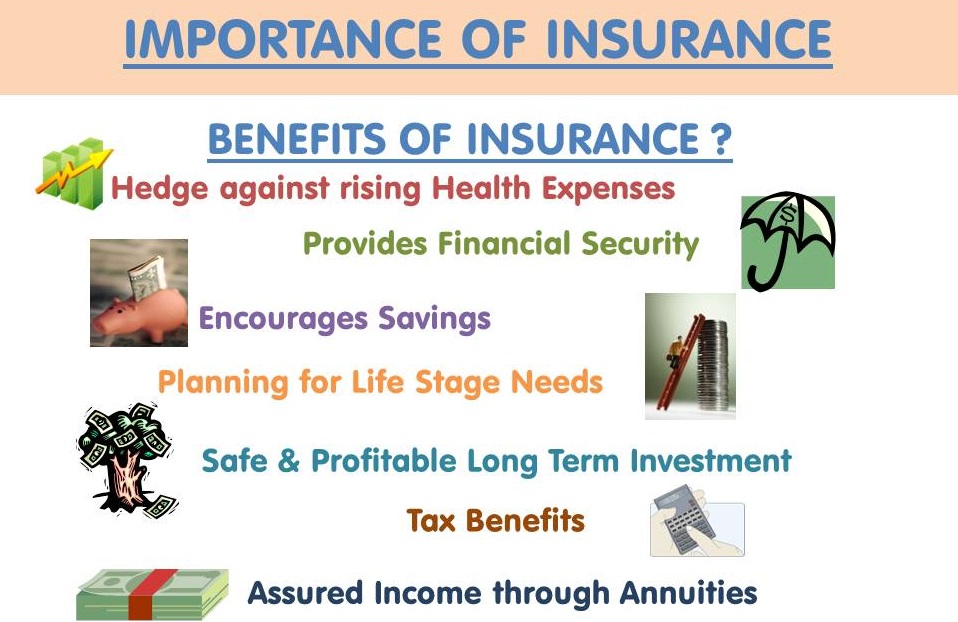The Main Principles Of Pacific Prime
Wiki Article
The Single Strategy To Use For Pacific Prime
Table of ContentsPacific Prime - QuestionsThe Pacific Prime IdeasPacific Prime Fundamentals ExplainedExcitement About Pacific PrimeGetting The Pacific Prime To Work

This is since the information were accumulated for a period of strong economic efficiency. Of the approximated 42 million people that were uninsured, all but concerning 420,000 (concerning 1 percent) were under 65 years of age, the age at which most Americans end up being qualified for Medicare; 32 million were adults in between ages 18 and 65, around 19 percent of all adults in this age group; and 10 million were kids under 18 years old, concerning 13.9 percent of all youngsters (Mills, 2000).
These estimates of the variety of individuals without insurance are created from the yearly March Supplement to the Current Populace Survey (CPS), conducted by the Demographics Bureau. Unless or else kept in mind, nationwide price quotes of people without wellness insurance policy and proportions of the population with various type of coverage are based on the CPS, one of the most commonly utilized resource of price quotes of insurance policy protection and uninsurance prices.
The 8-Minute Rule for Pacific Prime

Still, the CPS is specifically beneficial due to the fact that it creates yearly estimates relatively rapidly, reporting the previous year's insurance policy protection estimates each September, and because it is the basis for a consistent collection of quotes for even more than twenty years, permitting analysis of trends in protection in time. For these factors, as well as the substantial use the CPS in various other researches of insurance policy coverage that are offered in this record, we count on CPS price quotes, with constraints noted.

The quote of the number of without insurance people expands when a population's insurance status is tracked for several years. Over a three-year duration starting early in 1993, 72 million individuals, 29 percent of the united state population, lacked coverage for at the very least one month. Within a single year (1994 ), 53 million individuals experienced at the very least a month without insurance coverage (Bennefield, 1998a)
Six out of every ten without insurance adults are themselves used. Although working does boost the likelihood that and one's member of the family will certainly have insurance coverage, it is not an assurance. Also participants of households with 2 full-time breadwinner have nearly a one-in-ten possibility of being uninsured (9.1 percent without insurance price) (Hoffman and Pohl, 2000).
Top Guidelines Of Pacific Prime
New immigrants account for a considerable percentage of people without health insurance. One analysis has associated a considerable portion of the recent growth in the dimension of the U.S. uninsured populace to immigrants that arrived in the country between 1994 and 1998 (Camarota and Edwards, 2000). Recent immigrants (those who pertained to the United States within the previous 4 years) do have a high price of being without insurance (46 percent), yet they and their children represent just 6 percent of those without insurance coverage across the country (Holahan et al., 2001).The relationship in between health insurance coverage and accessibility to care is well developed, as documented later on in this phase. Although the connection between health and wellness insurance and wellness results is neither direct nor simple, a substantial scientific and wellness solutions research study literary works web links medical insurance coverage to better access to care, far better top quality, and enhanced personal and population health and wellness status.
Degrees of analysis for taking a look at the effects of uninsurance. It concentrates especially on those without any type of wellness insurance for any type of size of time.
Some Known Incorrect Statements About Pacific Prime
The troubles faced by the underinsured are in some respects comparable to those dealt with by the uninsured, although they are typically much less severe. Health insurance coverage, nonetheless, is neither required nor sufficient to get access to clinical solutions. The independent and straight result of health and wellness insurance policy coverage on access to wellness solutions is well established.
Others will certainly acquire the healthcare they require even without health insurance policy, by paying for it expense or seeking it from companies who use care complimentary or at extremely subsidized rates. For still others, medical insurance alone does not ensure receipt of care since of official website various other nonfinancial barriers, such as an absence of healthcare companies in their neighborhood, limited access to transportation, illiteracy, or etymological and social differences.
Getting My Pacific Prime To Work
Formal study concerning uninsured populations in the United States dates to the late 1920s and very early 1930s when the Committee on the Price of Treatment produced a series of records concerning funding physician office check outs and hospital stays. This issue came to be salient as the varieties of clinically indigent climbed throughout the Great Clinical depression.Report this wiki page